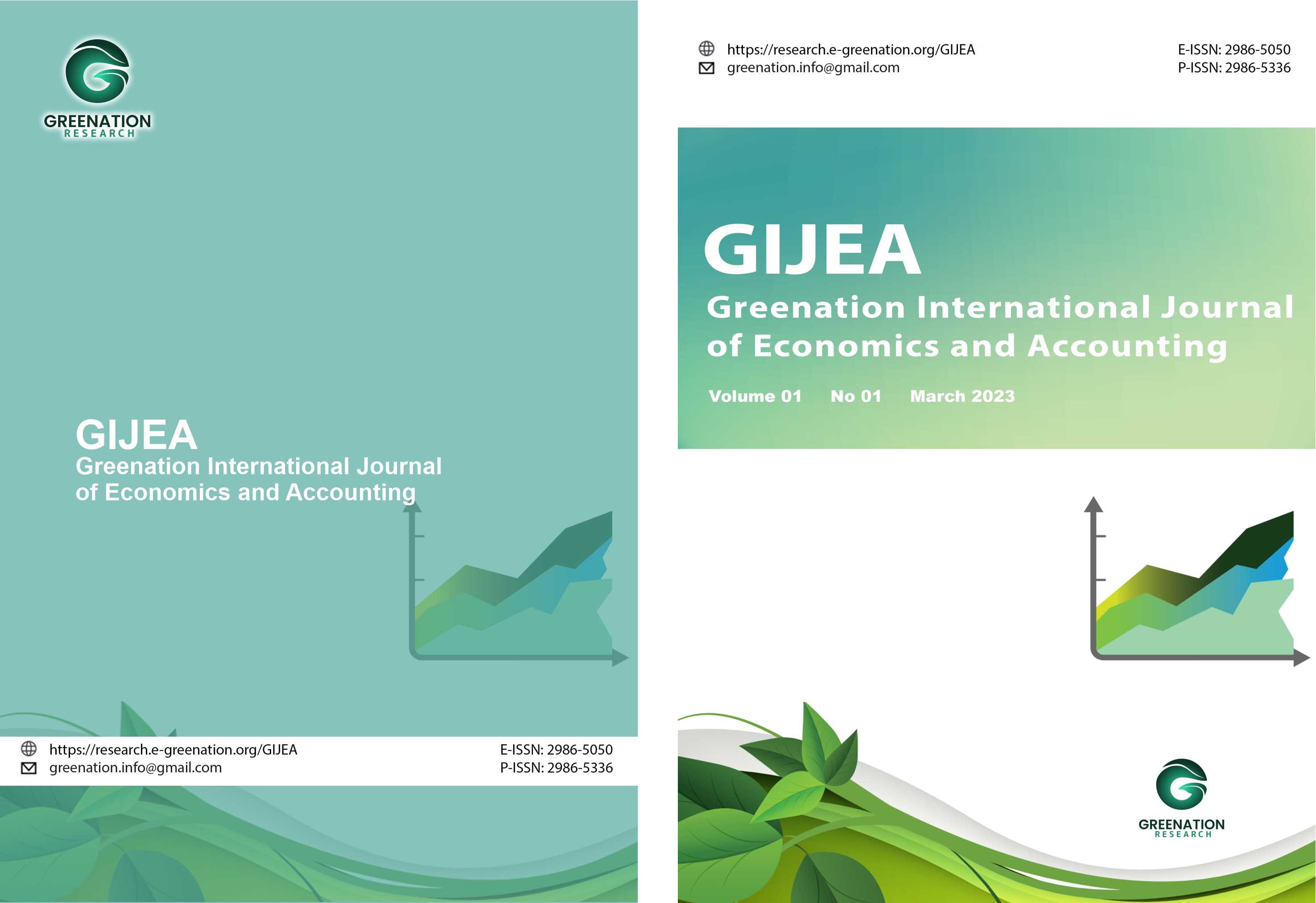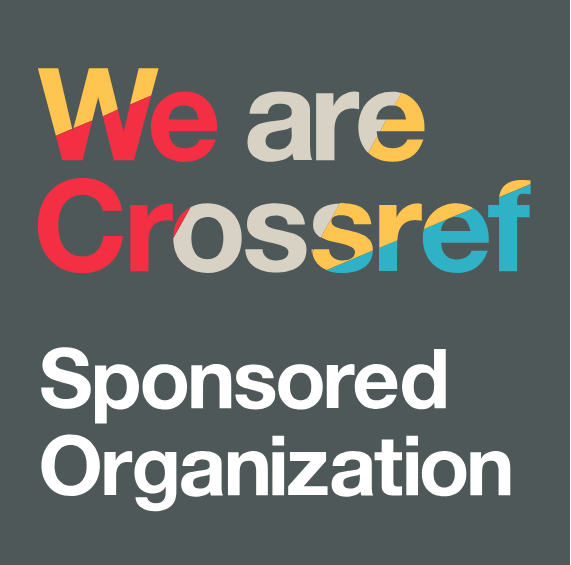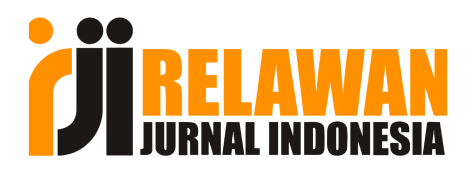Implementation of Risk Management Design in the Tourism Industry at PT XYZ, Bandung Regency, Based on ISO 31000:2018
DOI:
https://doi.org/10.38035/gijea.v3i1.360Keywords:
Risk Management, ISO 31000:2018, Tourism IndustryAbstract
This study explores the implementation of a risk management design at PT XYZ, a private company managing tourist attractions in Bandung, based on ISO 31000:2018 standard. The research aims to identify, assess, and mitigate the risks faced by the company in its operational activities. The study employed a qualitative case study approach, gathering data through interviews and observations from key management departments at PT XYZ. The findings revealed several key risks, including operational, financial, and reputational risks, which were analyzed using a risk matrix. Effective mitigation strategies, including preventive maintenance and training programs, were recommended to enhance the company’s ability to manage risks and ensure sustainable operations. This research contributes to the body of knowledge on risk management in the tourism industry, offering practical insights for other tourism-related businesses in Indonesia.
References
Agustyananto, R. (2024, March 19). 32 tempat wisata di Bandung terbaik. Klook. https://www.klook.com/id/blog/tempat-wisata-di-bandung/
Aliansyah, H., & Hermawan, W. (2019). Peran sektor pariwisata pada pertumbuhan ekonomi kabupaten/kota di Jawa Barat.
Anwar, S., Winarna, A., & Suharto, P. (2020). Strategi pemberdayaan wilayah pesisir dalam menghadapi bencana tsunami serta implikasinya terhadap ketahanan wilayah (studi di Desa Bulakan, Kecamatan Cinangka, Kabupaten Serang, Banten). Jurnal Ketahanan Nasional, 26(1), 108. https://doi.org/10.22146/jkn.52823
Beasley, M., Branson, B., & Hancock, B. (2021). Strengthening enterprise risk management for strategic advantage. COSO.
Bougie, R., & Sekaran, U. (2020). Research methods for business: A skill-building approach. Wiley.
Braun, V., & Clarke, V. (2021). Thematic analysis: A practical guide. SAGE Publications.
Chen, X., & Zhao, J. (2023). The impacts of environmental risks on tourism sustainability: A case study of heritage sites. Journal of Sustainable Tourism, 31(5), 895–912.
Creswell, J. W., & Poth, C. N. (2022). Qualitative inquiry and research design: Choosing among five approaches (4th ed.). SAGE Publications.
Dinas Pariwisata Kabupaten Bandung. (2023). Laporan tahunan sektor pariwisata Kabupaten Bandung.
Gursoy, D., & Chi, C. G. (2022). Understanding the impact of risk perceptions on travel intentions and behaviors in the tourism industry. Journal of Travel Research, 61(5), 1185–1200.
Hasanah, A. U., Dini, Putri, K., Fania, Savitri, M., & Akmal, M. (2023). Mitigasi risiko industri pariwisata: Antisipasi pemerintah hadapi resesi ekonomi (Vol. 3, Issue 3).
Hall, C. M., Zhang, Y., & Liu, J. (2023). Sustainable tourism management: The role of natural resource management. Journal of Environmental Management, 304, 114–126.
Humas EBTKE. (2019, April 2). Pengelolaan sumber daya alam untuk kemakmuran rakyat. Direktorat Jenderal Energi Baru Terbarukan dan Konversi Energi. https://ebtke.esdm.go.id/post/2019/04/05/2194/menteri.jonan.pengelolaan.sumber.daya.alam.untuk.kemakmuran.rakyat
Hunziker, S. (2021). Enterprise risk management.
International Organization for Standardization. (2018). ISO 31000:2018 Risk management – Guidelines. Geneva, Switzerland.
Jones, M., Smith, R., & Clark, L. (2023). Risk management in dynamic tourism markets: A comparative analysis of destination resilience. International Journal of Tourism Research, 25(2), 231–245.
Laoepada, S. B., & Laoere, C. E. (2018). Izin sebagai instrumen yuridis bagi pemerintah daerah kabupaten/kota dalam membangun pariwisata di era otonomi daerah.
Lam, J. (2017). Enterprise risk management: From incentives to controls. John Wiley & Sons.
Liu, S., Wu, F., & Hall, C. M. (2023). Enhancing local tourism development through community engagement: A case study of rural tourism. Tourism Management Perspectives, 46, 101–117.
Morgan, N., Pritchard, A., & Pride, R. (2023). Risk management strategies in competitive tourism markets: Lessons from global case studies. Tourism Review, 78(4), 671–690.
Nasution, S., & Suhairi. (2023). Strategi manajemen ekonomi dalam menghadapi tantangan global. Neraca Manajemen, Ekonomi. https://doi.org/10.8734/mnmae.v1i2.359
Oktyandito, Y. W. (2023, October 9). 7 Potensi sumber daya alam di Indonesia, kaya dan melimpah! IDN Times. https://www.idntimes.com/business/economy/yogama-wisnu-oktyandito/potensi-sumber-daya-alam-di-indonesia
Parmawati, R., Hardyansah, R., Pangestuti, E., & Hakim, L. (2022). Ekowisata: Determinan pariwisata berkelanjutan untuk mendorong perekonomian masyarakat. Universitas Brawijaya Press.
Pratama, A., Nugroho, D., & Wijaya, R. (2022). Challenges in tourism risk management: A case study of Indonesian destinations. Journal of Tourism Risk Management, 10(2), 95–110.
Rahma, F. N., & Handayani, H. R. (2013). Pengaruh jumlah kunjungan wisatawan, jumlah obyek wisata dan pendapatan per kapita.
Redaksi. (2024, April 7). Bandung menjadi salah satu tempat wisata terpopuler. AyoBandung.Com. https://www.ayobandung.com/bandung-raya/7912381711/kota-bandung-menjadi-salah-satu-tempat-wisata-terpopuler-kenapa
Roeschmann, A. Z. (2014). Risk culture: What it is and how it affects an insurer’s risk management. Risk Management and Insurance Review, 17(2), 277–296. https://doi.org/10.1111/rmir.12025
Saunders, M., Lewis, P., & Thornhill, A. (2019). Research methods for business students (8th ed.). Pearson Education.
Soeseno Bong, M. M. (2019). Manajemen risiko, krisis, dan bencana untuk industri pariwisata yang berkelanjutan. Gramedia Pustaka Utama.
United Nations World Tourism Organization. (2022). Tourism risk management in times of crisis: Building resilience for the future. Madrid: UNWTO.
Yin, R. K. (2018). Case study research and applications: Design and methods (6th ed.). SAGE Publications.
Downloads
Published
How to Cite
Issue
Section
License
Copyright (c) 2025 Sina Delphia Sukmana, Machmudin Eka Prasetya

This work is licensed under a Creative Commons Attribution 4.0 International License.
Copyright :
Authors who publish their manuscripts in this journal agree to the following conditions:
- Copyright in each article belongs to the author.
- The author acknowledges that the GIJEA has the right to be the first to publish under a Creative Commons Attribution 4.0 International license (Attribution 4.0 International CC BY 4.0).
- Authors can submit articles separately, arrange the non-exclusive distribution of manuscripts that have been published in this journal to other versions (for example, sent to the author's institutional repository, publication in a book, etc.), by acknowledging that the manuscript has been published for the first time at GIJEA.

























